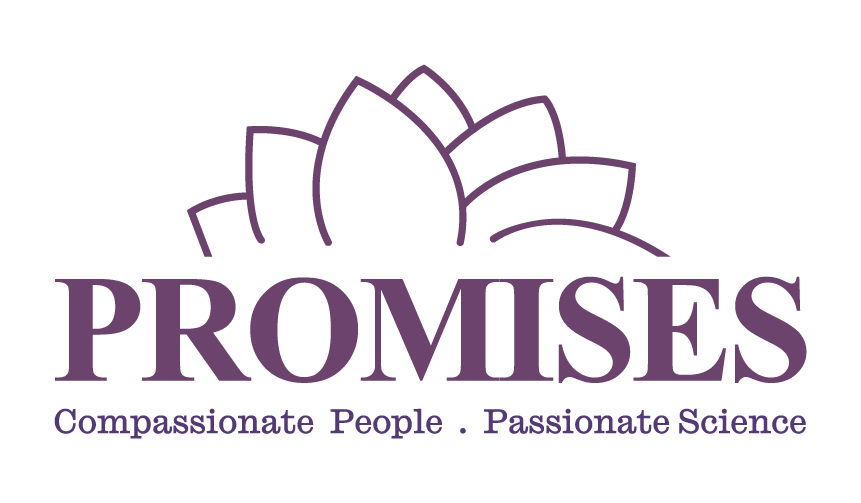Debunking myths about adolescent mental health
Although society has made some headway in reducing the stigma and misinformation about general mental health issues, the public’s understanding of self-harm remains decades behind. Let’s debunk some common myths about adolescent self-harm.
Myth: ‘Self-harm means cutting right? Only emos and goths do that.’
Self-harm refers to a range of behaviours that are purposely inflicted to cause damage to the body. It can include cutting, but also refers to scratching, picking at wounds, burning, pinching, hitting, head banging, and minor overdosing. Self-harm can also be in the form of excessive risk-taking that is above and beyond typical adolescent risk-taking.
It is a misconception that only ’emos’ and ‘goths’ self-harm. Although self-harm can be part of adolescent subculture experimentation, it is more often a sign that a teenager is experiencing unmanageable distress. Self-harm becomes a way of coping with distress that provides temporary relief from emotional pain.
Myth: ‘Self-harm is all about attention-seeking. If a person was really depressed enough to cut themselves then they would probably just commit suicide.’
Self-harm is not about attention-seeking. It is often a secretive and private behaviour. For a teenager, self-harm is a way of coping with unmanageable distress, and can be a medium to communicate that distress to others. Self-harm should never be dismissed as attention-seeking.
A person who cuts themselves is not necessarily suicidal. Cutting behaviour can be suicidal, non-suicidal, or a mix of both. It is important to remember that suicide risk is not static. A teenager who displays non-suicidal self-harm can become suicidal at another point in time.
Any teen who self-harms should undergo a thorough and comprehensive suicide risk assessment by a registered mental health professional. Their suicide risk should be closely monitored and assessed at regular intervals.
Myth: ‘I can punish my teen so that they stop self-harming. That will solve the problem.’
Punishing a teen for self-harming does not solve the problem. Cutting is a symptom of a deeper issue – unmanageable distress. Stopping the cutting via punishment may actually worsen their distress, especially if the teen lacks healthy and effective coping strategies.
Here are some suggestions for what you can do instead of punishing your teen:
- Be an active listener
- Validating their feelings
- Be emotionally and physically present for them
- Engage in joint problem solving
Always seek advice from a registered child psychologist if you suspect that your teen may be self-harming.
Written by Leeran Gold, Psychologist in our Forensic Service.
At Promises Healthcare, we are committed to helping you through your journey to recovery. Discover a new life and find renewed hope. If you or someone you know needs mental health support, please contact our clinic for inquiries and consultations.
For after-hours crisis support contact your local mental health service or emergency services.
In Singapore: IMH 24-hour helpline +65 6389 2222, Ambulance 995.

